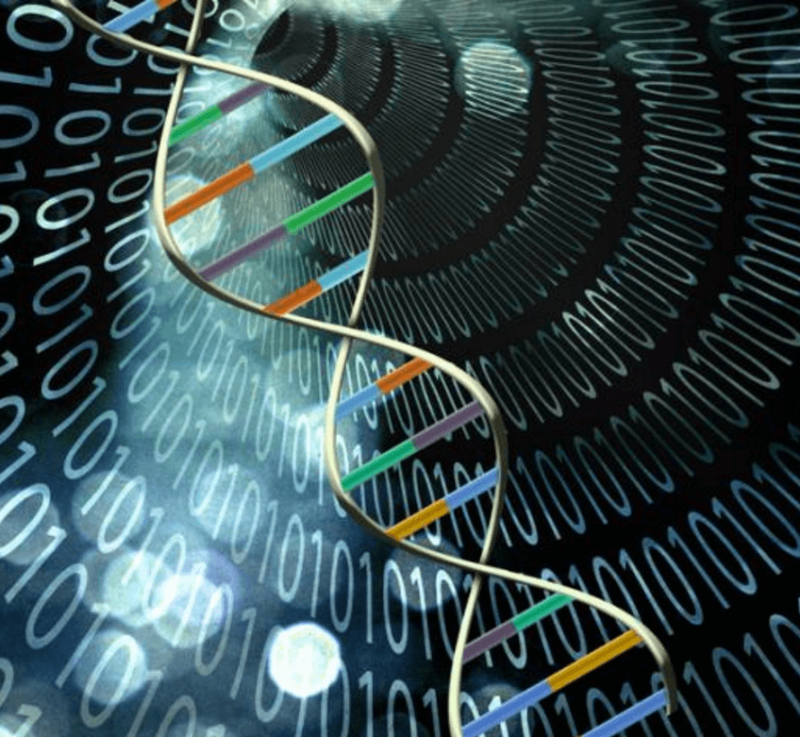A new paper has revealed the vast extent of errors in published genomics research,…[thanks to] an unfortunate quirk of Microsoft Excel…[Scientists] scanned 7,500 Excel files with gene lists accompanying 3,600 papers in 18 journals over a 10-year period. One-fifth of the files had easily identified errors, which is “quite striking and a little bit embarrassing,” says Mark Ziemann….
What happened? By default, Excel…convert some gene symbols to dates and numbers. For example, instead of writing out “Membrane-Associated Ring Finger (C3HC4) 1, E3 Ubiquitin Protein Ligase,” researchers have dubbed the gene MARCH1.
…
The thing is, there’s no excuse for data experts to be missing these errors with such regularity in the first place…It raises uncomfortable questions about the peer-review process at prestigious scientific journals, Ziemann says.
…
Still, although a one-fifth error rate may sound like a lot, it’s not nearly as bad as in the business world, where some studies suggest that as many as 90% of spreadsheets in use at companies contain errors of one sort or another….
The GLP aggregated and excerpted this blog/article to reflect the diversity of news, opinion and analysis. Read full, original post: Years of genomics research is riddled with errors thanks to a bunch of botched Excel spreadsheets































